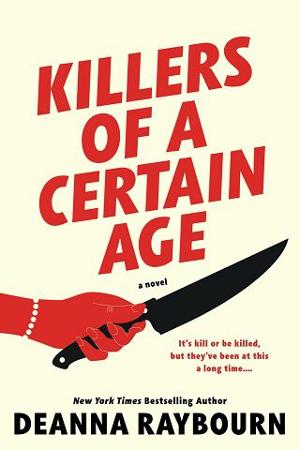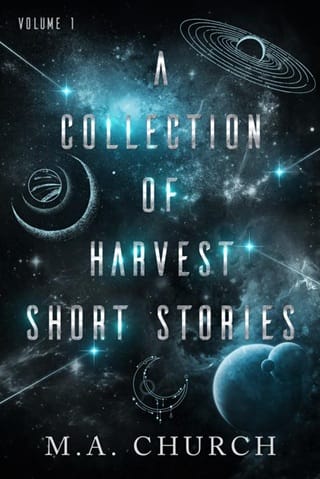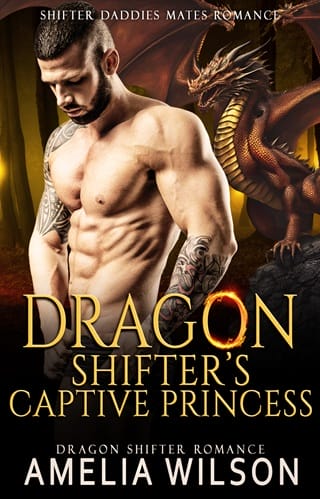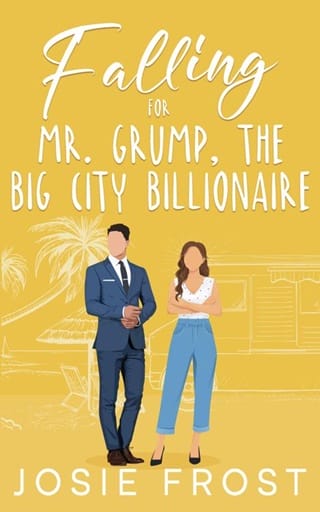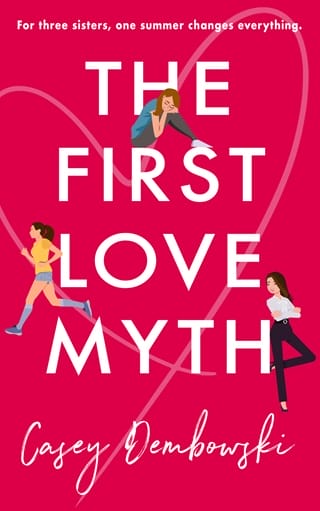Chapter Thirty-Four
CHAPTER THIRTY-FOUR
The others were in the kitchen when I came in, waving my phone and doing a little victory dance.
“What the hell are you so excited about?” Mary Alice asked. Her temper was getting sourer by the day as Akiko kept her distance.
“I know how we’re going to find Vance,” I told her, turning my phone. The others gathered around and I heard three women suck in their breath at one time.
Only Akiko and Minka didn’t understand. “So?” Minka said, handing back the phone.
Akiko peered at the tiny screen. “Nice painting, but what does it have to do with Gilchrist?”
I smiled. “This is not a nice painting. This is The Queen of Sheba Arising by Sofonisba Anguissola.” I cleared my throat and started to read from the catalog entry. “ ‘Commissioned by Elisabeth of Valois, Queen of Spain, The Queen of Sheba Arising was painted by Anguissola during her tenure in Madrid as court painter. Upon the death of the queen, Anguissola returned to her home in Cremona with the painting, where it remained until her death in 1625. It was inherited by her stepson, Guido Lomellino, and was passed down through the Lomellino family, remaining in private hands.’ ”
Helen peered at the small screen. “Are you sure that’s our Sheba?”
“It’s her alright,” I said. I flicked to the tab where the condition of the painting was described. I skimmed the mention of crackling and the lack of original frame—all to be expected with a piece dating to the Renaissance. I highlighted the relevant section and passed it to Natalie to read aloud.
“ ‘The painting is in overall good condition with only minor damage due to age. One small repair appears to have been made to the canvas in the lower left corner, a circle approximately .75 centimeters in diameter where the canvas was at some point completely punctured. Damage was only done to the draperies of the composition and none of the figures nor the artist’s signature was involved. The repair is only detectable under laboratory conditions and is not expected to affect the value.’ ”
“The gunshot,” Mary Alice said. “Holy shit. It is our Sheba.”
I nodded while Akiko looked perplexed. “Why do you keep calling this painting your Sheba?”
We filled her in briefly on the Zanzibar mission and the damage inflicted on the painting when the baroness’s shot had gone wide.
“Most of the other works recovered have been repatriated, returned to the rightful owners, the heirs of the families whose collections were looted during World War II,” Helen explained. “But not the Sheba. The family who owned her were all killed during the war. Provenance investigated for years, but they never found anyone who might have a claim on her.”
“So where has she been?” Akiko asked. “I’m guessing she hasn’t just been hanging on a wall in someone’s den.”
“There’s a facility in Switzerland,” Natalie said. “A free port.”
“What is that?” Minka asked.
Nat explained. “A free port is a place where deals are made and money changes hands but there are no taxes to be paid.”
“Wait, there’s actually a place where that happens?” Akiko asked.
“Hundreds of such places,” Helen told her. “They’re nothing new. They’ve been around since antiquity.”
“But all governments love taxes,” Minka put in.
“Yes,” Helen said, “but they love commerce more. So they permit free zones to be established in order to boost trade.”
“One of the largest in the world is in Geneva,” Natalie explained. “It started off as a big ugly grain warehouse where people could stockpile common goods like food and coal, but when World War II came, folks started stashing more interesting things—gold bullion, jewels, vintage wines.”
“Art,” Mary Alice put in.
“Art,” Natalie agreed. “And it’s a great place to store your goods. They have storage that is strictly controlled for temperature and humidity, so it’s safe to keep your paintings or manuscripts, paper currency. And it’s convenient because everybody likes their secret Swiss bank accounts. If you’re already in the area, doing a little modest banking, moving a few hundred million around, it’s easy to pop in and visit your Van Goghs or your South Sea pearls.”
“It’s also very secure,” Helen added. “Barbed wire, armored doors, heavy security. Impossible to steal from.”
“And your painting is there?” Akiko asked. “The Sheba?”
“It was,” I told her. “The Museum rents space there because maintaining a storage facility of that caliber is expensive and could draw attention. By storing things at the free port facility, the Museum is just another client. And the Museum doesn’t have many pieces to store. Over the decades, hundreds of paintings have been recovered, but only a dozen or so haven’t been restored to their rightful owners. Sheba is one of them. After we recovered her in 1981, she was sent directly to Geneva and she’s been there ever since.”
“Until now,” Mary Alice corrected.
“Until now,” I agreed.
Akiko’s brow furrowed. “But how do you know Vance Gilchrist took her out? Maybe her owners were found and this is all just a coincidence.”
I ticked off the replies on my fingers. “First, Vance had to remove her personally because the security is biometric and only the Museum directors have access to the collection in storage. Two directors are dead, and that painting was added to Tollemache’s listing at the last minute. Second, when art is restored to the owners, we get an update if it’s a piece we recovered. Nobody here has heard a thing about the Sheba for almost forty years.” I held up a third finger.
“Third?” Akiko asked.
“Third, I don’t believe in coincidences. Not where Vance is concerned. He’s done this on purpose to draw us out. Auction houses don’t like to talk too much about damage to the artworks. But the description of the Sheba is very specific. It was a bullet hole in that corner, and Vance made sure that fact was put into the catalog. He wanted us to find it.”
“Why? I thought he would be hiding from you. Isn’t he in fear of his life?” Akiko protested.
Mary Alice moved her hand to touch Akiko, then seemed to think better of it. “He knows we’re after him. We’ve already taken out Paar and Carapaz. He doesn’t want to keep looking over his shoulder. He’s initiating a fight on his own terms.”
Minka scowled. “This is not safe.”
“No.” I smiled. “No, it isn’t safe at all.” I paused. “There’s one other thing you should know.” And then I told them what I’d found in the folder, the coded identity of the person who had prepared the dossier.
Mary Alice was the first to speak. “What are we going to do about it?”
“Add another name to the hit list,” I said, picking up a marker that smelled like cotton candy.
I wrote the name in pink block capitals. Then I turned back. “Anybody got a problem with that?”
 Fullepub
Fullepub 